 [Earlier this spring, to celebrate an influential exhibition’s 50th anniversary, MoMA recreated it in print, publishing Arbus Friedlander Winogrand: New Documents, 1967 by Sarah Hermanson Meister, with an essay by Max Kozloff (who had reviewed the show for The Nation). This 160-page book reproduces all 94 images from the show, adding an abundance of contextualizing materials, including the essays just indicated, correspondence between Szarkowski and the photographers, and more. (You’ll find the original checklist and press releases, and a selection of installation shots, here.)
[Earlier this spring, to celebrate an influential exhibition’s 50th anniversary, MoMA recreated it in print, publishing Arbus Friedlander Winogrand: New Documents, 1967 by Sarah Hermanson Meister, with an essay by Max Kozloff (who had reviewed the show for The Nation). This 160-page book reproduces all 94 images from the show, adding an abundance of contextualizing materials, including the essays just indicated, correspondence between Szarkowski and the photographers, and more. (You’ll find the original checklist and press releases, and a selection of installation shots, here.)
On the evening of February 27, 2017, the 50th anniversary of the invitational opening of “New Documents,” MoMA hosted a reception that included a livestreamed panel with Kozloff, Tod Papageorge, and Martha Rosler, moderated by Meister, a video of which you can view here.
In 1999, a left-coast museum commissioned me to contextualize that curatorial venture for the catalog of an exhibition including portfolios of work by the MoMA show’s three participants, “The Social Scene: The Ralph M. Parsons Foundation Photography Collection at the Museum of Contemporary Art, Los Angeles.” That essay, which appeared in 2000, gave me the opportunity to pull together my thoughts about this early example of Szarkowski’s curatorial project and the approaches to photography that he highlighted therein.
With this landmark exhibition now undergoing MoMA-sponsored reconsideration, I thought I’d post my essay about it (with its original footnotes), to add to the mix. Part 2 appears below; click here for Part 1. — A. D. C.]
•
Diane Arbus, Lee Friedlander, and Garry Winogrand at Century’s End (cont’d)
… Because it’s the question underlying this selection of work from the 1960s through the early 1980s from the Ralph M. Parsons Collection at the Museum of Contemporary Art of Los Angeles, one must ask: What does this work mean to us now? Is it merely an historic artifact, a fascinating but exhausted relic of the photographic energies of the sixties and seventies? Does it remain resonant? Does it offer to the future something for further consideration?
One of the reasons that Thomas Kuhn disowned the application of his model to a field such as ours is that in art old paradigms never die; instead, they undergo a conversion process that turns them from belief system into style. Though as a paradigm it drew a large and devoted cluster of adherents, the “new documentary” Szarkowski identified, with its presumably “more personal ends,” didn’t demolish or permanently impeach or even put much a dent in the preceding form, which — taking a cue from the 1990s mitosis of the soft drink Coca-Cola — we might call “classic documentary.” Indeed, certifiably at this very moment we have more photography projects worldwide premised unabashedly on the classic documentary paradigm than ever before.
But a number of other, more recent projects that, on the whole, I’d classify as classic documentary in terms of the purpose Szarkowski ascribed to them (“to show what was wrong with the world, and to persuade their fellows to take action and make it right”) have since the late sixties come to us evidencing the influence of the “new documentary” approach. The work of Gilles Peress, James Nachtwey, Susan Meiselas, Eugene Richards, Alex Webb, Bastienne Schmidt, Larry Fink, Raghubir Singh, Donna Ferrato, Nick Waplington, and a horde of other young to mid-career documentarians and photojournalists clearly reflects their close study and absorption of the camera-handling and image-construction techniques of Arbus, Friedlander, and Winogrand.
In effect, they’ve reversed the challenge, looking for ways to construct pictures as complex as the issues they address without falling into the traps of formalism. So the formal and stylistic experiments represented by the work of Friedlander and Winogrand have in fact permeated the field and even seeped into the public’s idea of photographic practice, to such an extent that nowadays one even finds front-page photos in newspapers and advertising images in magazines replete with those trademark mannerisms.
Moreover, some of these same photographers, and more than a few others — Nan Goldin, Richard Billingham, Larry Clark, Arlene Gottfried, Steve Hart, to name a handful — not only utilize pictorial strategies straight out of the “new documentary” approach but make their own presence at the scene manifest in the photographic work and/or its accompanying text, both as an autobiographical element and as an acknowledgment of what a physicist would call their inevitable “perturbation” of the situations they seek to describe.
That tendency found its way into the work of the “new documentary” approach in several forms: the anxious energy that radiates from so much of Arbus’s work, her palpable awe, admiration, fear, or disdain for her subjects, her in-your-face proximity to many of them; Winogrand’s grab-shooting, mosh-pit immersion in the crush and flow of the crowded streets; Friedlander’s own shadow and reflection as elements either central or incidental in image after image, plus his direct self-portraits. Drawing on the work of all three, but especially that of Arbus, the personalization of the documentary mode is widespread today.
Hence we can say that, collectively, Arbus, Friedlander, and Winogrand revised the ways in which photographers used their cameras, which changed the look of the resulting photographs, and that they made the photographer’s participatory role in the photographic event a foregrounded given, which transformed both the behavior of photographers and the way we interpret their work.
•
But what of of Arbus, Friedlander, and Winogrand individually? What do we make of their work today, and what future does it have in the century to come?
Diane Arbus’s death by her own hand in 1971 abruptly and prematurely truncated her address to the set of questions implicit in the “new documentary” paradigm. From the record, we know that up until then she’d redacted her output stringently; during her lifetime, aside from her commissioned work, she’d exhibited and published far fewer than 100 images. Yet, almost three decades after her death, the scholarship devoted to her work has not even attempted to identify that group of images she herself approved for public presentation.
Instead, from her posthumous restrospective[1] to the most recent book of her work, Untitled, a selection from her final unfinished project,[2] various figures in the field have actively inflated the small set of images to which she committed herself fully, adding to them pictures she’d never endorsed for exhibition or publication. This has seriously confused the criticism of her work, and will continue to do so until it’s rectified by rigorous research.
With all that said, we must also recognize that what at least two generations of photographers have taken from Arbus include the example of a photographer (perhaps especially a woman photographer) willing to engage with what set her trembling — whether out of glee, out of reverence, or out of revulsion — and to confront those she perceived as radically Other. Her work is not infrequently characterized as a reverse sideshow, with “normal” people presented as freaks and abnormal people as heroes.
If that’s the case, then one must also recognize that she anticipated an important cultural evolution: where the physically abnormal and differently abled were then subjected to systematic neglect and abuse, and consequently often chose to hide from the world, we now have Danny DeVito as a major movie star, a long-running TV show featuring a boy with Down’s syndrome, the Special Olympics, closed-caption television for the hearing-impaired, increasing wheelchair accessibility everywhere, and the People with Disabilities Act. I interpret all of these as signalling a change for the better in our culture’s relationship to those once considered problematically different, and though I don’t attribute all of that to Arbus I do think that with her work, which reached the widest audience achieved by any of those under discussion here, she contributed notably to that shift.
Her picture-making strategies as such were more conventional that Friedlander’s or Winogrand’s, so we have fewer photographers who reveal her stylistic influence. But one can find traces of her spirit in the work of photographers as different from each other as Nan Goldin, Larry Fink, Susan Lipper, and Joel-Peter Witkin, and it seems likely that the permission that’s implicit in her work — to pursue whatever one considers to constitute the forbidden — will remain her most enduring legacy.
•
If, within this troika, subject matter and content are most closely allied in Arbus’s work, they’re most widely separated in Lee Friedlander’s. He’s the one who’s ranged furthest afield in that regard — producing extended suites of images of everything from public monuments to jazz musicians, including portraits, self-portraits, nudes, floral studies, street scenes, industrial scenes, and desert landscapes. He’s also produced by far the most tightly redacted oeuvre — editing and sequencing all of his monographs himself.
Friedlander, much more than his two partners in this paradigm, seems genuinely detached from his nominal subject matter, concerned principally with picture-making problems and strategies. People in public, generic statuary, nude women, and cacti appear as relatively arbitrary and, indeed, interchangeable raw material in his process; what he has to say about them as such seems almost irrelevant, and one would not turn to any of his interpretations thereof for information regarding those subjects.
Instead, they function in his work as a variety of game boards, the premises for thoughtful, calculated, highly intellectualized play with the possibilities of photographic image construction. He’s treated his various projects as carefully considered building blocks; the result is among the most precisely constructed oeuvres of his generation of photographers. It’s from that example, and from his sense of image-making as a form of gamesmanship, and of course from the elegance and dry wit of his specific formal solutions to particular imagistic problems, that photographers will continue to draw lessons for the foreseeable future.
•
Garry Winogrand’s version of the project, by all accounts (even that of his staunchest supporter, John Szarkowski[3]), simply fizzled out in the decade before his death, terminating in increasingly random, voracious, compulsive and non-productive shooting. Of all the members of this triumvirate, he alone manifested no real concern with the process of redacting his own work, preferring instead to generate an endless stream of negatives.
The vast, undifferentiated heap of images he left behind thus stands as a cautionary tale for photographers tempted to go down that same path, while posing a vast and probably insoluble conundrum for criticism and scholarship.[4] In some ways, then, he represents the collapse of the paradigm, or at least one ultimately failed experiment therein.
Yet, even though extracted from his output by others, the two best of those books — The Animals (1969) and Public Relations (1977) — and numerous other individual images retain their compressed, coiled power, as well as their lyricism, their exuberance, their frequent manic energy, and (whether he recognized and admitted it or not) their deflationary, caustic, and often cruel wit. Of these three photographers, Winogrand most insistently walked the presumed fence between formal innovation and social commentary. He refused adamantly to speak of the latter; nonetheless, the tension between these two ways of reading his pictures constitutes the undeniable central energy source of the later ones, and even the early work — up through The Animals, at least — cannot disguise its constant attention to the human condition.
•
And, finally, what of the form itself — small-camera street photography addressing the “social landscape”? First, let’s remind ourselves that photographers have worked in the streets from the medium’s very beginnings, so neither the street as proscenium nor the questions it evokes came bundled with the “new documentary”; they existed as challenges for photographers before that moment in 1967, and will persist long after that form’s impact has been fully absorbed.[5] Lauren Greenfield, Bruce Gilden, Sylvia Plachy, Jeff Mermelstein, Amy Arbus (Diane’s younger daughter, now a photographer in her own right), Philip-Lorca diCorcia, and hundreds more around the world continue to use the street — broadly defined — as their source of found, surreal theater. So long as streets exist, and laws don’t prohibit photographers from working there, variations of this genre will proliferate.
At the moment, however, it’s out of fashion. Postmodern theory has proposed that all the questions that thoughtful photographers had begun to ask in the late 1950s and early 1960s — about the non-neutrality of photography, about lens-based observation and photographic seeing, about the tension in a photograph between its transcriptive, descriptive, translative, and interpretive aspects — were insignificant, and had in any case been answered satisfactorily. T’ain’t so, methinks. Those questions endure, still open, and such answers as we have for them — in the work of of Arbus, Friedlander, and Winogrand, among many others, along with the theories of Szarkowski and some of his successors — remain provisional, as perhaps they always will.
Now that, in effect, all of those individuals have gained admission to the pantheon and all the results of their theory and practice have entered the canon, we stand poised at a particular moment of stasis: the pause between several generations that grew up with this work and its makers as living entities and those generations now to come, who will treat them as a distinct chapter in the medium’s history and exemplars of an established tradition to either draw from or ignore. What they had to say to the last third of the twentieth century is in any case indelibly inscribed on the record. Let’s see what the next century makes of them.
(Part 1 I 2)
Notes:
[1] Doon Arbus and Marvin Israel, eds., Diane Arbus (Millerton and New York: Aperture/Museum of Modern Art, 1972).
[2] Diane Arbus, Untitled (New York: Aperture, 1995). For my critique of this project, see Coleman, “Why I’m Saying No To This New Arbus Book,” New York Observer, Vol. 9, no. 37, October 2, 1995, p. 25.
[3] John Szarkowski, Figments from the Real World (New York: Museum of Modern Art,1988). See also Ben Lifson, ed.,The Man in the Crowd: The Uneasy Streets of Garry Winogrand (San Francisco: Fraenkel Gallery, 1999).
[4] For more on this, see “On Redaction: Heaps and Wholes, or, Who Empties the Circular File?” in A. D. Coleman, Depth of Field: Essays on Photography, Mass Media and Lens Culture (University of New Mexico Press, 1998), pp. 25-34.
[5] For a deeply flawed but still valuable history of the genre, including extended discussions of Arbus, Friedlander, and Winogrand, see Joel Meyerowitz, with Colin Westerbeck, Bystander: A History of Street Photography (Boston: Little, Brown & Co., 1994).
•
This post sponsored by an anonymous donation in memory of Miles Barth.
•
 Special offer: If you want me to either continue pursuing a particular subject or give you a break and (for one post) write on a topic — my choice — other than the current main story, make a donation of $50 via the PayPal widget below, indicating your preference in a note accompanying your donation. I’ll credit you as that new post’s sponsor, and link to a website of your choosing. Include a note with your snail-mail address (or email it to me separately) for a free signed copy of my 1995 book Critical Focus!
Special offer: If you want me to either continue pursuing a particular subject or give you a break and (for one post) write on a topic — my choice — other than the current main story, make a donation of $50 via the PayPal widget below, indicating your preference in a note accompanying your donation. I’ll credit you as that new post’s sponsor, and link to a website of your choosing. Include a note with your snail-mail address (or email it to me separately) for a free signed copy of my 1995 book Critical Focus!
 But wait! There’s more! Donate now and I’ll include a copy of The Silent Strength of Liu Xia, the catalog of the 2012-13 touring exhibition of photos by the dissident Chinese photographer, artist, and poet, currently in her sixth year of extralegal house arrest in Beijing. The only publication of her photographic work, it includes all 26 images in the exhibition, plus another 14 from the same series, along with essays by Guy Sorman, Andrew Nathan, and Cui Weiping, professor at the Beijing Film Academy.
But wait! There’s more! Donate now and I’ll include a copy of The Silent Strength of Liu Xia, the catalog of the 2012-13 touring exhibition of photos by the dissident Chinese photographer, artist, and poet, currently in her sixth year of extralegal house arrest in Beijing. The only publication of her photographic work, it includes all 26 images in the exhibition, plus another 14 from the same series, along with essays by Guy Sorman, Andrew Nathan, and Cui Weiping, professor at the Beijing Film Academy.


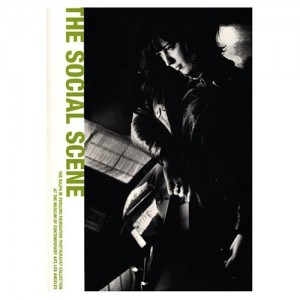
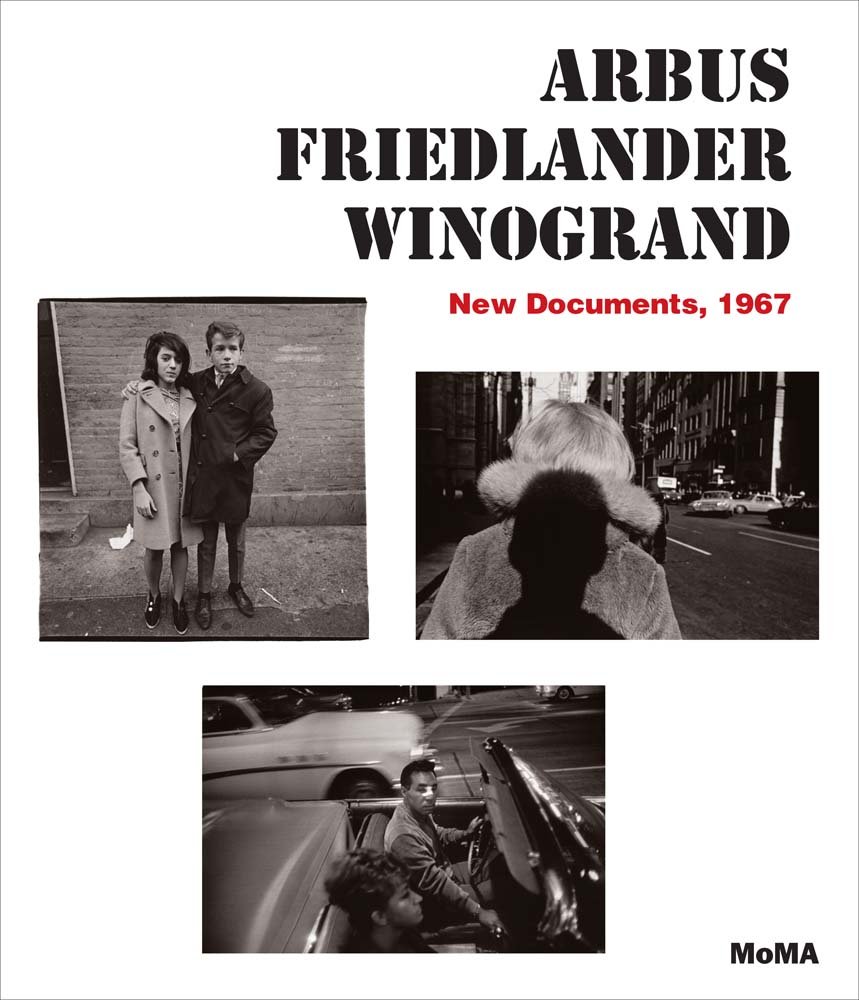
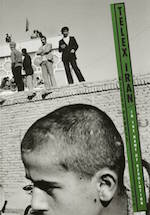
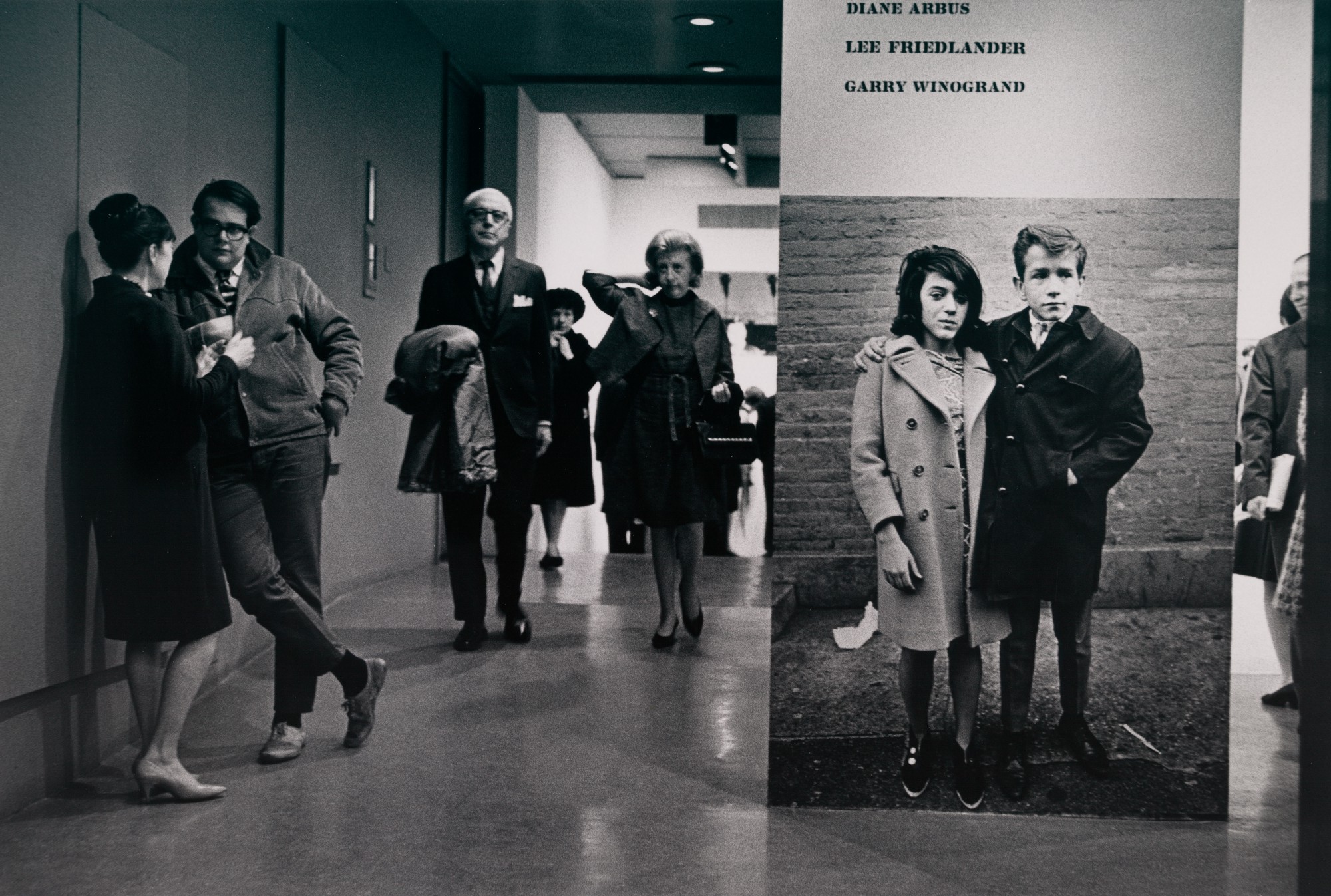
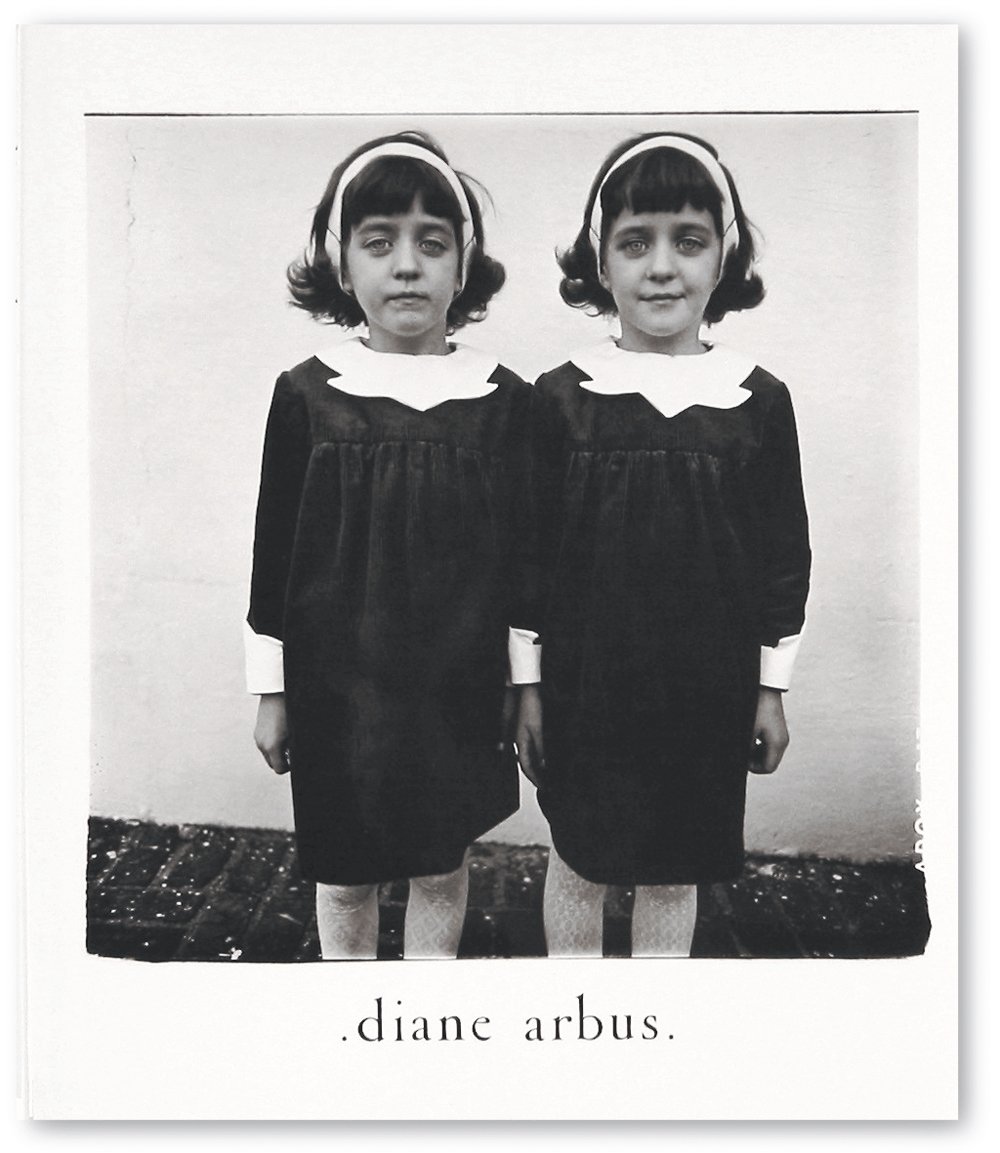
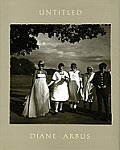
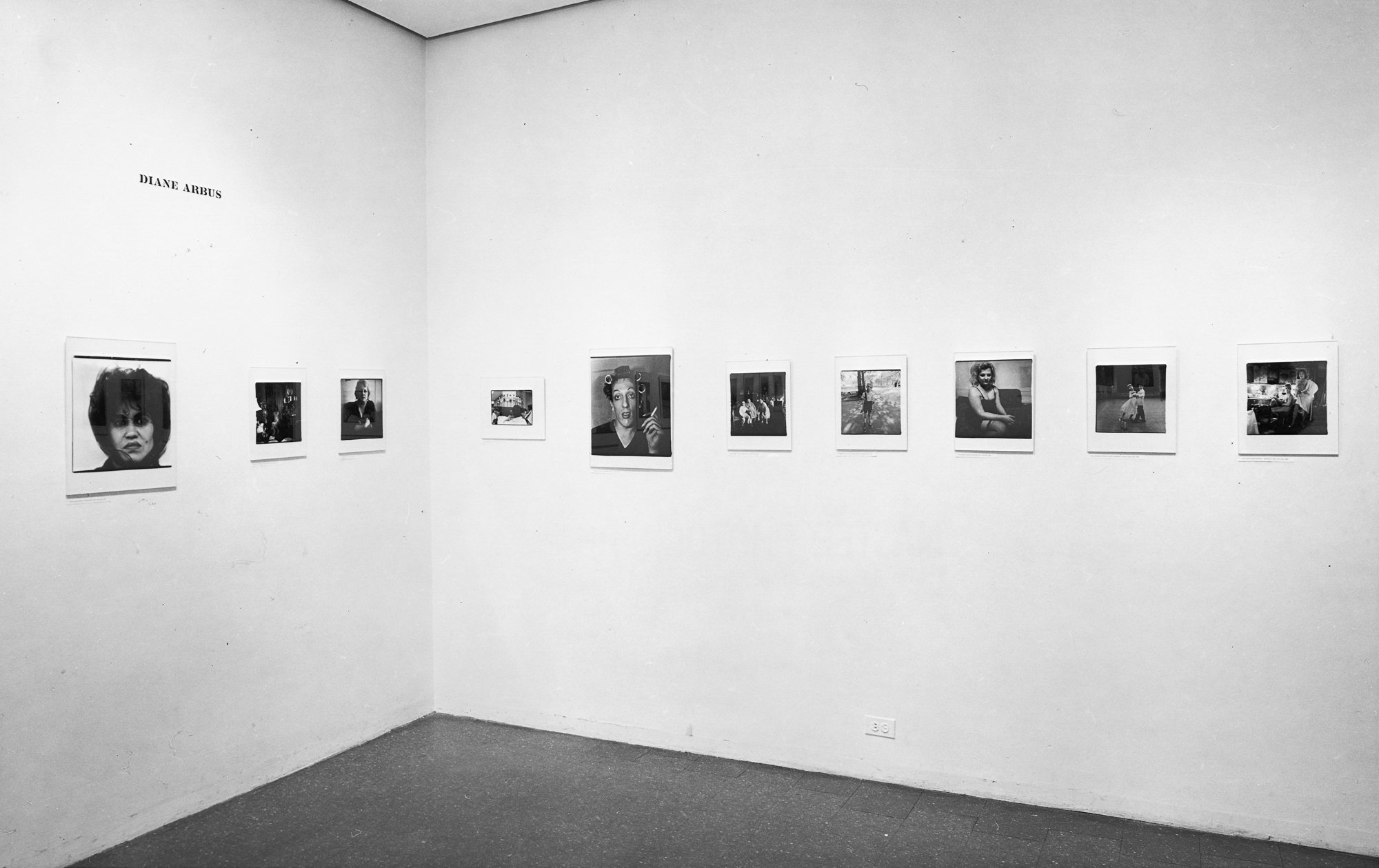
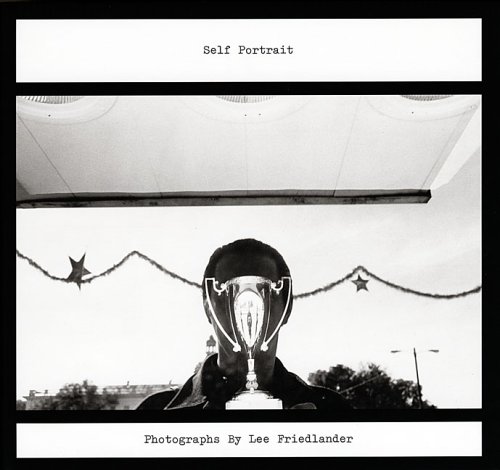
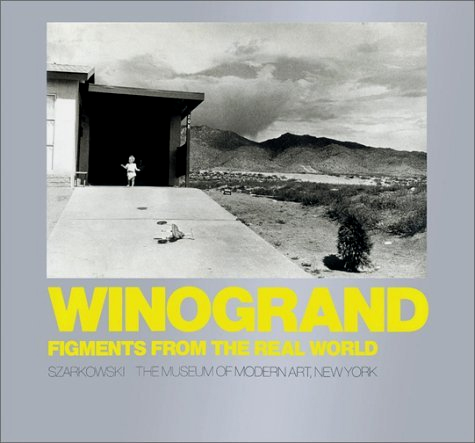
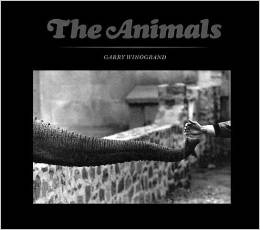
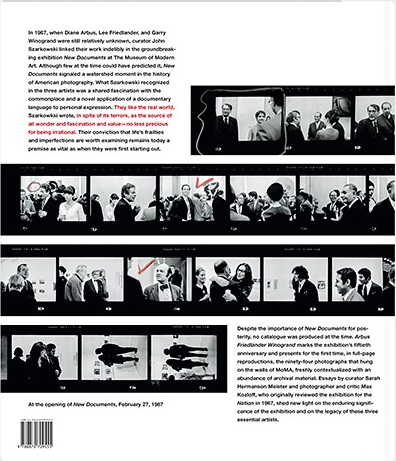




What about Roy DeCarava?
Who said, very simply, from the very beginning (1947) “Photography, itself, is an art” – Who used the exiting daylight hours between his ‘9 to 5’ job and darkness and with a hand-held camera created his first memorable photographs of everyday street life in Harlem. – Who also emphasized ‘processing your own prints’
Why isn’t Roy DeCarava ever mentioned?
I gather you’re not a regular reader of this blog. Click here for my tribute to Roy DeCarava.
For a more recent tribute to DeCarava, see “The Intimacy Behind Jazz’s Seminal Image” by Geoff Dyer, in the New York Times, May 9, 2017. And then there’s “A True Picture of Black Skin” by Teju Cole, in the New York Times, February 18, 2015. I can’t think of another photographer who’s received back-to-back encomia like that in the NYT. So claiming that your father is “isn’t … ever mentioned” nowadays simply makes you look both foolish and uninformed.
Since he wasn’t one of the photographers included in “New Documents,” did not work in the ways endorsed by John Szarkowski, and in fact rejected many of the premises of that approach to the medium, I didn’t consider him relevant to my consideration of that specific exhibition.
It’s worth adding that at least one member of this MoMA inner circle disparaged DeCarava’s work. Surely it’s Roy that Tod Papageorge refers to in his 2014 reminiscence of Garry Winogrand:
“Garry could be scathing and utterly dismissive in his criticism of other photographers, however, if their work failed to measure up to what he felt intelligent photography should be. For example, he scornfully rejected a body of work by one of his contemporaries that concentrated on a minority community in Manhattan, by saying that ‘You expect the people in his pictures to tap dance and eat watermelon,’ proof of how aware he was of the power of photographs to reduce black subjects to smothering cliché.”
“So claiming that your father is “isn’t … ever mentioned” nowadays simply makes you look both foolish and uninformed.”
The above is unnecessarily harsh and mean spirited
ADW
There’s a long, complex backstory here, too convoluted to go into.